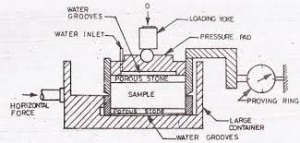Product Categories
- Analytical instruments
- Geosynthetics Testing Equipments
- Electrical electronics test equipment
- Coal coke analytical instruments
- Packagings test instrument
- Textiles Testing Equipments
- Ceramic & Glass test equipments
- Concrete Test equipments
- Drilling fluids test instrument
- Pavement & Traffic test instrument
- Asphalt and Bitumen Testing equipments
- Food drug test instrument
- Paper pulp test equipment
- Flammability test equipments
- Shoe test instruments
- Paint coating test equipment
- Material Testing Machines
- Soil Testing instruments
- Aggregate & Rock Testing Instruments
- Oil test Instruments
- General Lab equipments
- Non-destructive testing equipments
- Cement Testing Instruments
- Environmental Test Equipment
- Plastics and rubber test instrument
- Valve test equipment
- Engineering surveying instrument
- Hydrological and Meteorological Instruments
- Industry field instrument
- Other Lab Testing Equipments
- Accessories & Tools
Friend Link
Contact us
Cell/Whatsapp/Wechat: 86-18621861107 Tel: 86-18014755745 Skype:aceboygcmzx Address: Suolide Science & Technology Industry Park, No.151, East Chunhui Road, Wuxi, China Email: info@servereal-instruments.com





 Sales01
Sales01
 Sales Manager
Sales Manager